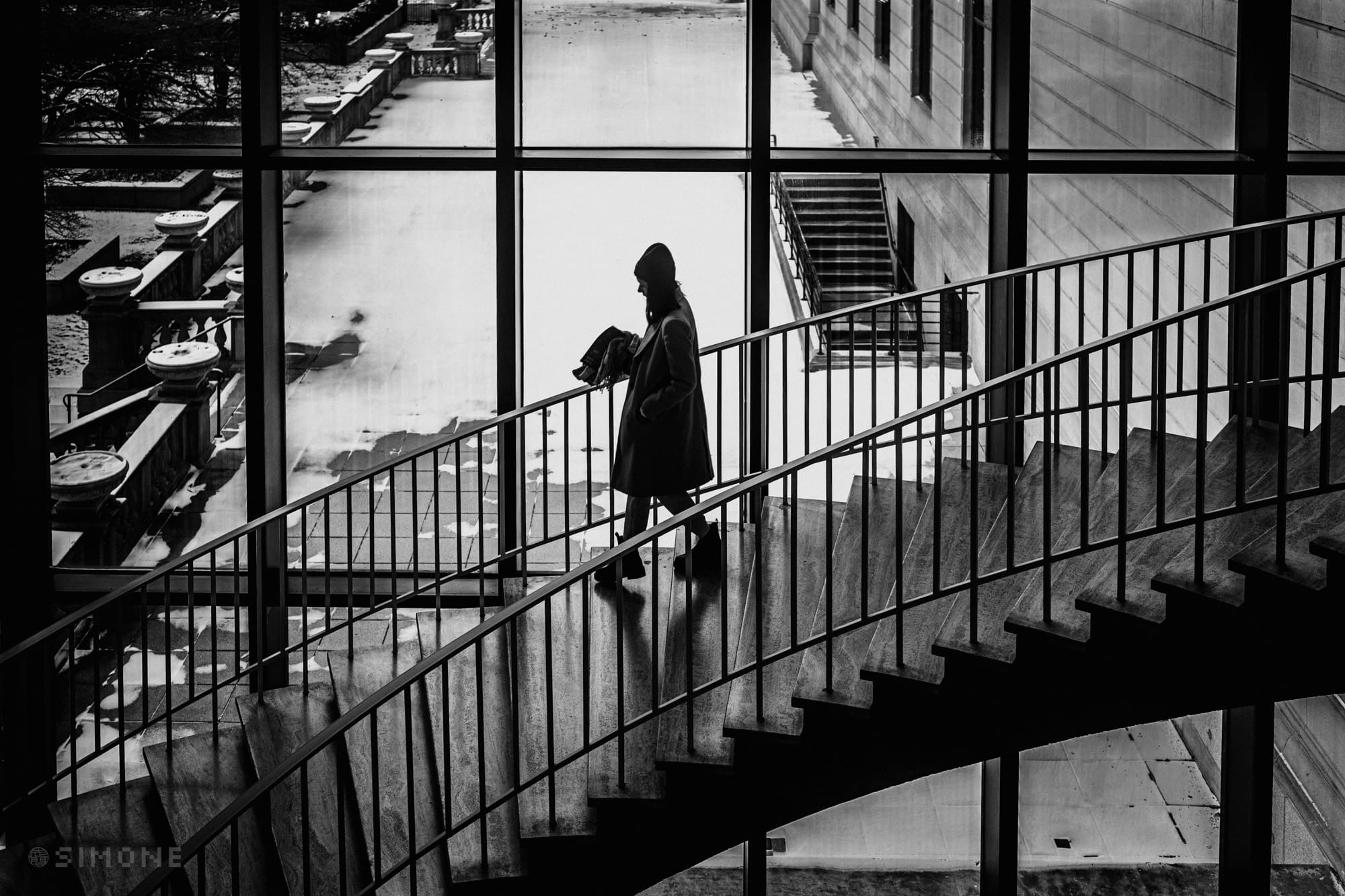People often chuckle when they see I bring around a dedicated camera in 2024: “What is this, 1999?”
I carry a small rangefinder camera as heavy as your smartphone but with a sensor almost 14 times larger. I like to crop photos and still print or display some on big screens without any looking like an abstract AI painting.
Big phones are actually spectacular pocket cameras now, so it's not that much about the sensor. It's more about how I approach technology: using devices with intention.
Each gadget serves a singular purpose:
- My phone is for communication with work, family, friends, and institutions.
- My small radio at home streams curated music stations without ads: 3 buttons, and I have a background mood.
- The projector is for watching films.
- And the 250g APS-C camera in my pocket exists to document life's fleeting moments. The bonus is that it can capture way more light than any 7" Pro Max Blah phone.
Single-function devices force me to be more deliberate.
Reaching out for a specific tool also provides a space for contemplation: “Do I want to do take pictures now? Do I want to listen to music? Do I want to read?”
And it really helps that I'm not just a tap away from a browser.
Single-task devices create meaningful friction, pockets of intentionality, and contemplation.

We experienced those with previous generations of single-task gadgets: loading and releasing the shutter, or having to change film, or having to rewind a cassette. Engineered engagement and UX gradually shaved them off.
I started to appreciate these small barriers enough that I see how they could also apply to my contemporary digital workflows. On macOS, I now try to avoid distractions by limiting myself to one task at a time (no extra workspaces or Mission Control swipe gestures, just proper window tiling on a single display.)
The goal isn't to eliminate technology, but to take charge of it. To become intentional about which devices I allow into my life, how I engage with them, and when.
In our fractured era, single-tasking is an act of self-care.
Try picking one activity and giving it your full focus—you might rediscover the lost art of using single-task tools, like a pocketable rangefinder camera.



